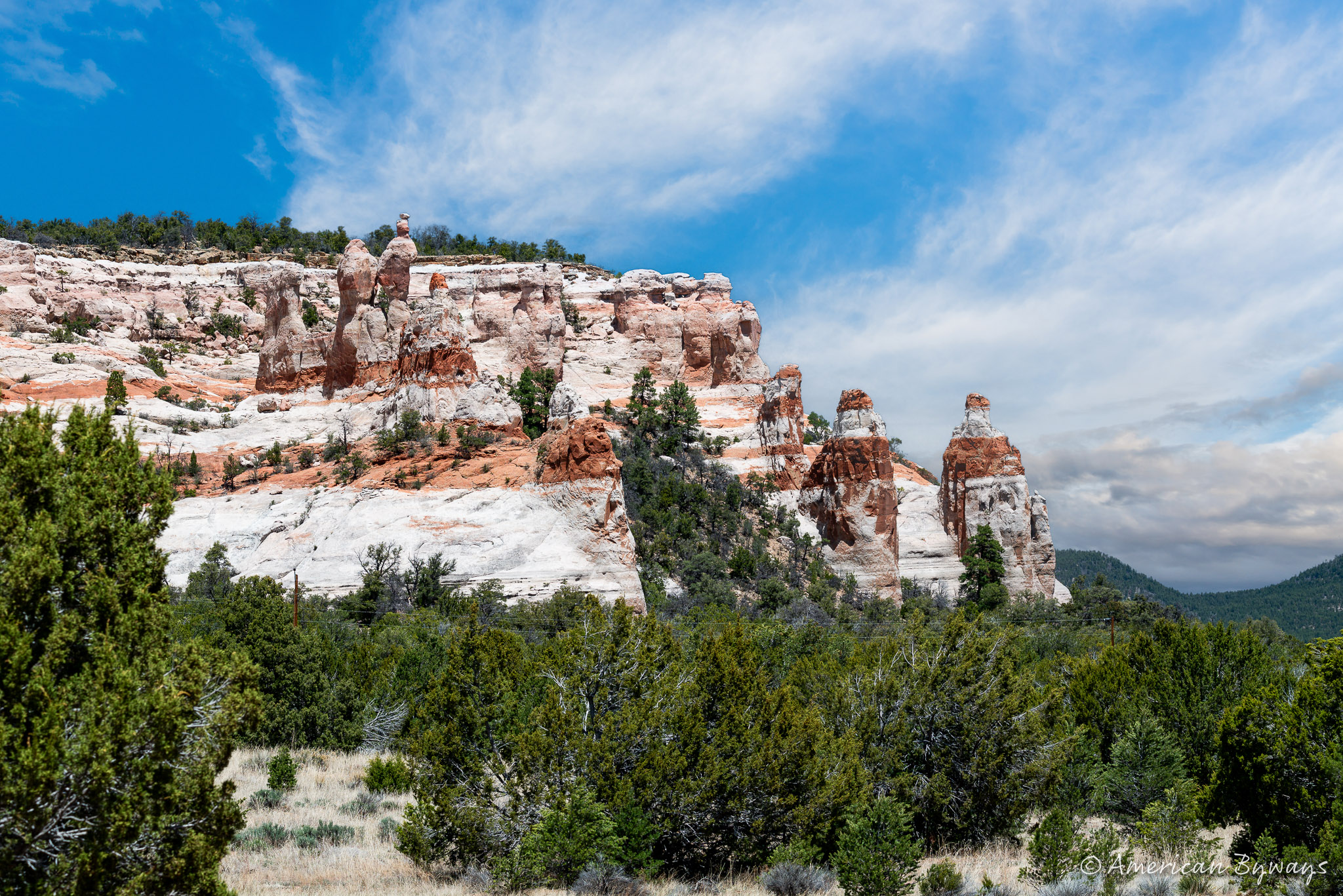
Sometimes the best nights on the road begin without a firm plan: just a stretch of open highway and a vague idea about a stand of Joshua trees in northern Arizona. That’s how we found ourselves heading into the Mojave, chasing the last light south of Boulder City.
The road turned black near Boulder City, headlights carving a narrow path as we followed U.S. Route 95, then veered onto lesser roads into the desert. We were bound for the Grapevine Mesa Joshua Tree Forest, a quiet stretch of high desert where the trees grow thick and centuries old. Miles from pavement, we pulled onto Bureau of Land Management land and settled on a knoll flanked by aging radio towers. From that perch, the Joshua trees spread out in tangled groves, silhouetted against a sky lit only by stars. We chalked the tires, unlatched the rooftop tent, and fell asleep, tired from the day’s drive.
Dawn came soft and wide. Pink skies scattered with drifting clouds gave way to cool blue. Light spilled across the creosote and cholla, turning the spiny silhouettes of Joshua trees faintly golden at their tips.
We wandered among them for about an hour, stopping often to photograph or take in the silence, broken only by slight passing winds and the distant hum of a passing truck. There were no other hikers. Aside from a few interpretive signs, it was open land, and we felt as if we were standing in a place nearly forgotten. Years ago, a group called Friends of Arizona Joshua Tree Forest worked to preserve this area, but it has since disbanded. Still, scattered efforts continue to push for greater protection of the landscape.
By late morning, we turned east, crossing into the Hualapai Indian Reservation. The destination was Guano Point, a rocky promontory with sweeping views into the Grand Canyon and a backstory carved from Cold War-era ambition. In the mid-20th century, miners blasted a tunnel 2,500 feet into a cave on the canyon wall, drawn by the promise of guano: bat droppings once prized for their nitrate content and value as fertilizer. A cable tramway stretched across the gorge, ambitious and precarious, but the supply ran out quickly. By 1960, the mine was abandoned, leaving behind rusted machinery and weathered cables, remnants of a short-lived chapter when guano was briefly worth more than gold.
Standing at the edge, we watched the Colorado River carve its path along the canyon floor. There was certainly awe, but also a sense of what was lacking. The Hualapai have preserved access to a striking landscape, yet the experience felt limited: a worn overlook, minimal interpretive signage, and no established trails. The steady buzz of sightseeing aircraft—planes and helicopters dipping into the canyon every few minutes—diminished the quiet, especially in contrast to the stricter flight restrictions enforced within the National Park-managed sections of the Grand Canyon. The steep entrance fee offered little more than a shuttle ride and a cluster of souvenir stands. Still, the land spoke on its terms: in layered stone, long shadows, and the absence of words.
From there, we turned west toward Kingman and stopped for a late lunch. Afterward, we continued east along old U.S. Route 66. The desert opened up beside us: broad, sun-washed, and mostly empty, save for the quiet ribbon of road ahead.
Discover more from American Byways
Subscribe to get the latest posts sent to your email.
















































